Financial
Solana Surge: Institutional and Jupiter DEX Wins

The Solana surge is evident as it has recently seen a significant boost in market presence and price. This uptick is primarily driven by growing institutional investments and the successful performance of its decentralized exchange, Jupiter.
The focus will be on the factors driving this growth and the expectations surrounding its price potentially exceeding $200.
Solana Surge: Institutional Investments and DEX Prowess
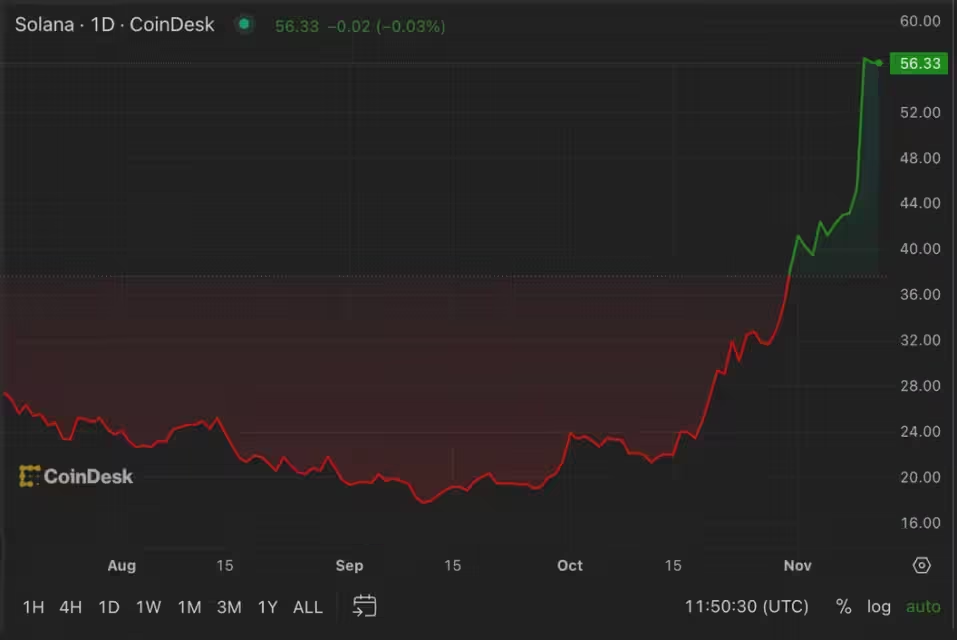
Solana has garnered significant attention from institutional investors, with substantial inflows marking its ascent as a preferred asset in the crypto space. Particularly, investment products related to Solana have attracted remarkable interest, with investment flows increasing notably over recent months.
Grayscale Solana Trust, for instance, trades at a significant premium, indicating high demand among institutional players. Additionally, the launch of a dedicated Solana fund by major financial players like Galaxy and Bloomberg further underscores the institutional commitment to Solana.
Now, let us dig deeper into how these factors contribute to Solana’s market dynamics and, at the same time, what future trends we can expect as Solana evolves in the competitive cryptocurrency landscape.
Analyzing the Impact of Institutional Investments on Solana
Solana (DEX), Jupiter exchange, plays a critical role the ecosystem, contributing to the overall trading volume and enhancing token utility in the crypto market.
The combination of robust institutional support and success-driven decentralized finance (DeFi) applications establishes Solana as a prominent player in the cryptocurrency realm.
Solana Surge: Key Institutional Players and Their Influence
Significant investment flows into various blockchain-focused funds and trusts have demonstrated institutional interest in Solana.
Grayscale Solana Trust, in particular, has seen a staggering 869% premium, indicating strong demand among institutional investors.
Also, new funds facilitated by major financial players like Galaxy and Bloomberg have further boosted Solana’s visibility and attractiveness in the institutional arena.
Investment Trends and Future Outlook
The consistent inflows into Solana-related investment products underscore a growing trend of institutional confidence.
With Solana leading altcoin investments and capturing significant portions of the institutional inflows, it is positioned as a top contender in the crypto market for long-term growth.
The increasing openness of institutional investors to altcoins, especially Solana, suggests a broader acceptance of its underlying technology and potential for high returns.
The Role of Institutional Confidence in Crypto Valuations
Institutional investments are not just about capital inflows; they also bring credibility and stability to the market.
The enhanced institutional confidence has led to reduced volatility and a steadier price trajectory.
The institution’s requirement to retain underlying assets to hedge against their positions in derivatives markets, such as futures and options, is primarily to blame for this shift.
Comparisons with Other Cryptocurrencies
While Bitcoin and Ethereum have traditionally dominated institutional attention, Solana’s unique offerings, like lower transaction fees and faster speeds, have carved out a significant niche for them.
Its capability to handle complex decentralized applications efficiently makes it an attractive alternative to Ethereum for some investors.
Jupiter DEX: A Catalyst for Solana Price Surge
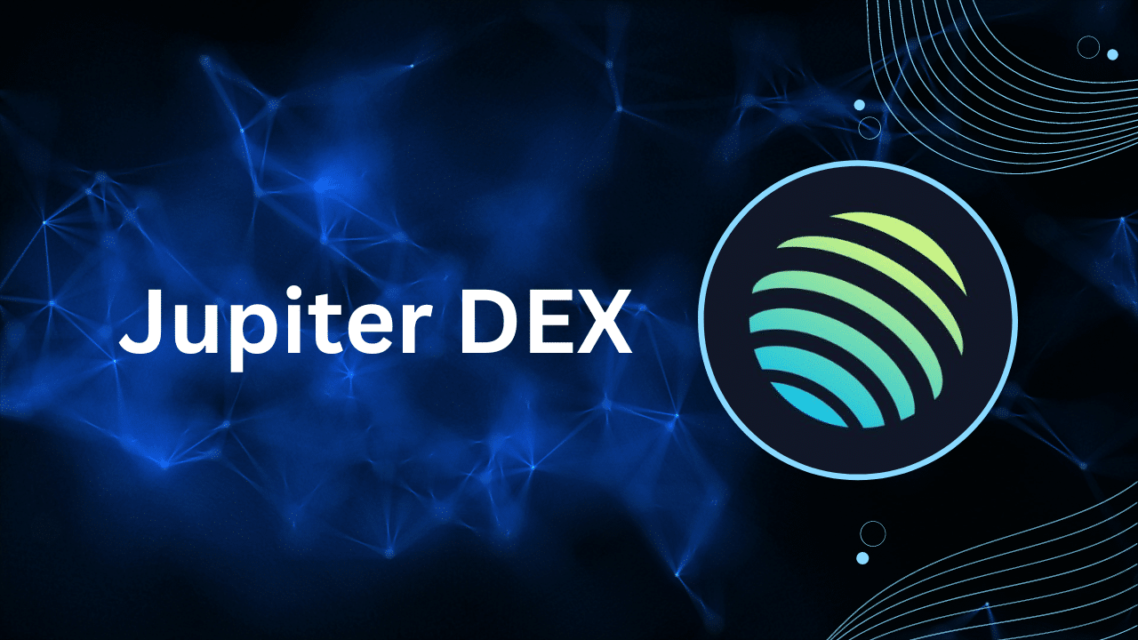
How Jupiter is Redefining DEX Operations
Jupiter DEX, has significantly impacted its ecosystem by boosting its transaction volumes and liquidity.
This DEX facilitates a large volume of transactions and enhances the user experience with its innovative features and high transaction speeds, which are crucial for DeFi operations.
Technological Innovations and User Experience
Jupiter’s success can be attributed to its seamless integration within the Solana ecosystem, providing users with efficient and cost-effective trading solutions.
Its ability to handle large volumes without compromising on speed or security makes it a standout platform, fostering a more robust DeFi environment on Solana.
Jupiter Market Performance and Volume Analysis
Jupiter has rapidly climbed the ranks to become one of the top players by volume among decentralized exchanges.
In addition to demonstrating its operational success, this surge in activity shows how the cryptocurrency community is becoming more engaged and trusting of Solana DeFi capabilities.
Metrics and Growth Indicators
The increase in trading volumes and user engagement on Jupiter underscores the DEX vital role in propelling Solana market cap and investor interest.
As Jupiter continues to expand its offerings and improve its technology, it is expected to play a central role in shaping the future trajectory of Solana in the crypto market.
Future Projections: Can Solana Exceed $200 again?
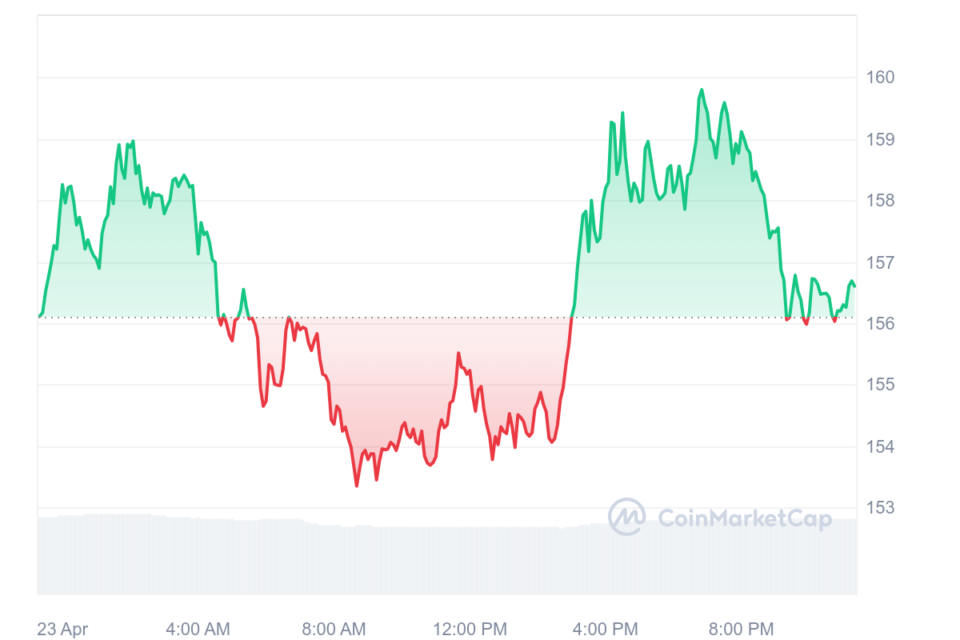
Market Sentiment and Technical Analysis on Solana
The bullish sentiment surrounding Solana is palpable, with experts and analysts citing its robust technological framework and growing institutional interest as key drivers.
Technical analysis of Solana price trends suggests a potential breakout above the $200 mark, especially considering its recent performance and increased market participation.
The growing volume of DEXs like Jupiter and persistent institutional investments, which offer a solid foundation for price stability and growth, support this theory.
Expert Predictions and Chart Trends
Financial analysts and crypto experts have noted token resilience and innovative capabilities, positioning it as a strong contender in the cryptocurrency market.
Chart trends show a consistent upward trajectory in trading volumes and market capitalization, hinting at a possible surge past the $200 threshold if current market conditions persist.
The Role of External Market Factors
External factors such as global economic conditions, regulatory changes, and technological advancements play a significant role in the cryptocurrency market.
Solana’s flexibility in responding to these changes and its ability to take advantage of emerging technology trends may play a role in its potential to surpass $200.
Regulatory Environment and Competitor Movements
The regulatory landscape for cryptocurrencies is an important factor. Positive developments, such as the approval of crypto products and the institutionalization of crypto investments, can benefit Solana.
Conversely, stringent regulations could pose challenges. Additionally, movements by competitors, especially Ethereum and its ongoing upgrades, could impact Solana’s market positioning and price dynamics.
Additional Thoughts
Jupiter, Solana’s decentralized exchange, has been a huge success and has contributed significantly to the company’s market surge.
The combined effect of these factors not only enhances Solana’s market credibility but also boosts its price stability and growth potential.
With expectations high and market sentiment bullish, Solana is poised to potentially exceed the $200 mark, contingent on sustaining its current momentum and navigating the broader external factors effectively.
FAQs on Solana Intitutional Investments and DEXs
- What are the main factors driving institutional investments into Solana?
Institutional investments in Solana are primarily driven by its technological advancements, high transaction speeds, and low fees, which offer significant efficiency for decentralized applications. Additionally, the successful performance of its decentralized exchange, Jupiter, and the increasing adoption of Solana in various crypto financial products have bolstered investor confidence. Recent launches of Solana investment funds by major entities like Galaxy and Bloomberg have further signaled strong institutional support. - How does Jupiter DEX compare with other top decentralized exchanges in terms of volume and technology?
Jupiter DEX stands out due to its integration with the Solana blockchain, known for high-speed transactions and low costs, which are critical in high-frequency trading environments typical of decentralized exchanges. It competes closely with other top DEXs by offering superior transaction speeds and lower fees, which have attracted a significant user base and increased its trading volumes, thus enhancing its market position compared to other DEX platforms. - What are the potential risks and rewards of investing in Solana at its current price point?
The rewards of investing in Solana include potential high returns due to its innovative technology, growing institutional interest, and robust ecosystem developments like its DeFi applications. However, risks involve market volatility, regulatory changes, and competition from other blockchains like Ethereum. Investors must also consider the technology’s nascent stage, which could be susceptible to technical challenges or security vulnerabilities (Blockworks). - How might regulatory changes impact Solana market position and price?
Regulatory developments can significantly impact Solana’s market position. Positive regulations that support the growth of cryptocurrencies and blockchain technology could enhance Solana’s adoption and increase its price. Conversely, stringent regulations or negative legal attention could restrict its growth or lead to decreased market confidence, adversely affecting its price. - Can Solana maintain its growth trajectory in the highly competitive DEX market?
Solana’s ability to maintain its growth trajectory in the competitive DEX market depends on its ongoing innovation, scalability, and ability to attract and retain users. Its current technological edge, particularly its high transaction speeds and low fees, provides a strong foundation. However, continuous improvements and adaptations to emerging market needs and technological trends will be crucial for maintaining its competitive advantage.
Crypto
Do Kwon Faces 12-Year Sentence as Prosecutors Call Terra Collapse “Massive Fraud”

U.S. prosecutors are seeking a 12-year prison sentence for Terraform Labs founder Do Kwon, arguing that the collapse of Terra and Luna amounted to one of the largest frauds in crypto history. The request, filed in the Southern District of New York, highlights the scale of losses tied to TerraUSD (UST) and Luna’s algorithmic failure—an implosion that erased more than $40 billion and triggered widespread contagion across the digital asset sector.
In their filing, prosecutors said Kwon spent years misleading investors about TerraUSD’s stability, artificially inflating its perceived safety and contributing to the system’s eventual collapse. They argued that the fallout extended far beyond market volatility, calling Terra’s unraveling “a defining moment” that reshaped global regulatory scrutiny of crypto markets.
Kwon’s defense team has pushed for a significantly lighter sentence—up to five years—claiming that coordinated trading activity from third parties and broader market stress helped accelerate TerraUSD’s depeg. They cited research, including Chainalysis data, suggesting that external actors exploited structural weaknesses rather than Kwon deliberately engineering the collapse.
Kwon pleaded guilty in August to wire fraud and conspiracy charges. His criminal case stems from a March 2023 indictment that included commodities fraud, securities fraud, wire fraud and market manipulation allegations. The core of the case centers on TerraUSD, the algorithmic stablecoin designed to maintain a $1 peg through a balancing mechanism with its sister token, Luna. When that mechanism failed in May 2022, both assets collapsed rapidly, wiping out tens of billions in value and triggering insolvencies across multiple crypto firms.
Prosecutors are not seeking restitution, citing the complexity of calculating losses across global bankruptcy cases already underway. Instead, they requested forfeiture of roughly $19 million, noting that compensation efforts for victims will primarily be handled through restructuring processes tied to firms affected by Terra’s collapse.
Kwon’s legal challenges span multiple countries. After being arrested in Montenegro in March 2023 for attempting to travel on forged documents, he was extradited to the United States in December 2024 following competing requests by both the U.S. and South Korea. He also previously lost a civil case brought by the U.S. Securities and Exchange Commission, where a jury found that Terraform Labs and Kwon misled investors about TerraUSD’s mechanics and backing.
Sentencing is scheduled for December 11, marking a key moment in one of crypto’s most consequential legal sagas. While the ruling will conclude Kwon’s federal criminal case, numerous bankruptcy, civil and creditor proceedings tied to Terra’s collapse remain ongoing.
Crypto Currency
Strategy Builds $1.44B Cash Reserve to Avoid Selling Bitcoin During Market Downturns
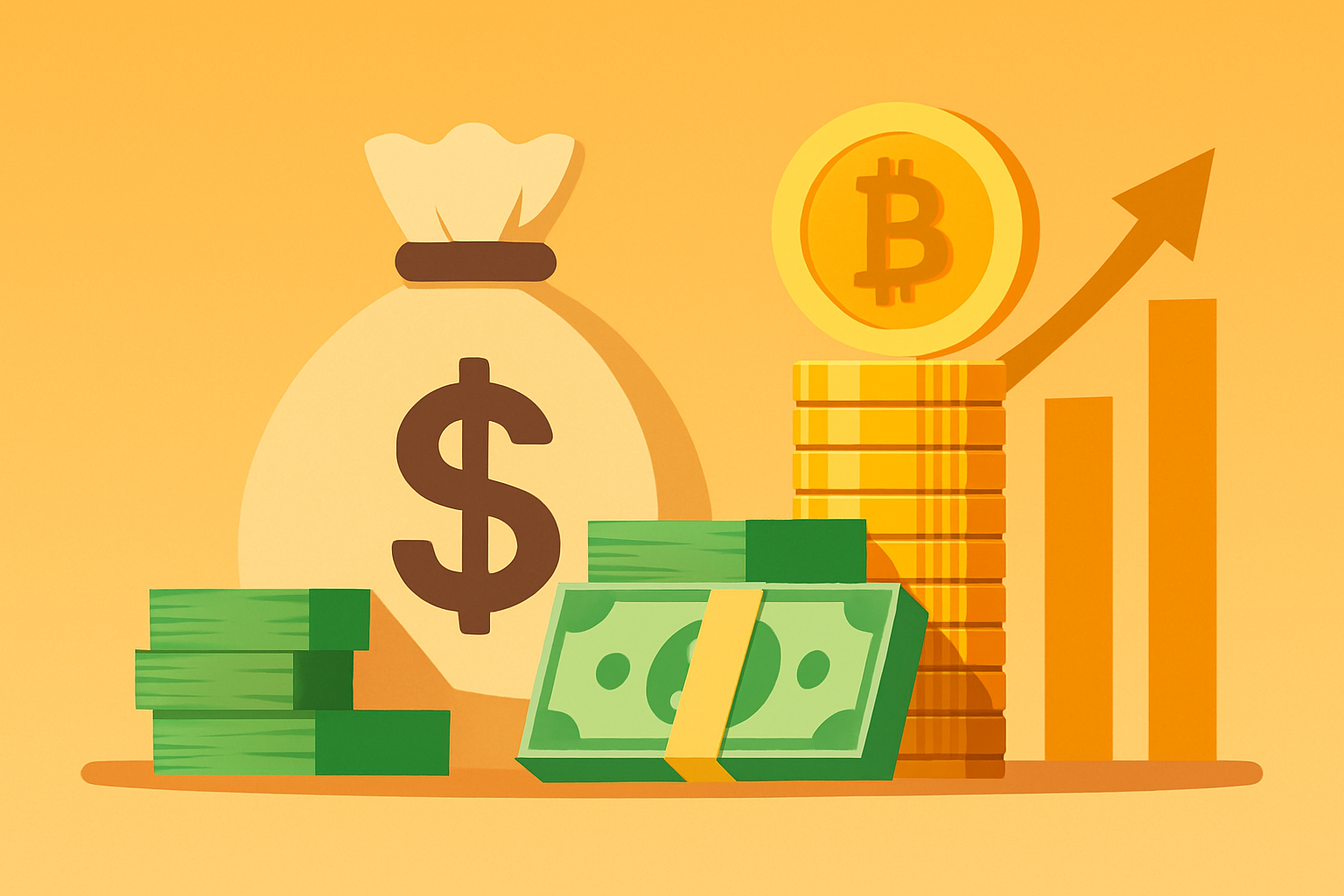
The enterprise Bitcoin holding company strengthens its balance sheet to neutralize dividend concerns and reinforce long-term BTC strategy.
Strategy, the enterprise-focused Bitcoin holding company led by CEO Phong Le, has established a $1.44 billion U.S. dollar reserve — a move designed to ensure the firm can meet all of its financial obligations without ever being forced to sell Bitcoin during market volatility.
In a recent interview, Le explained the reasoning behind the large cash buffer:
“We’re very much part of the crypto ecosystem and Bitcoin ecosystem… which is why we decided to start raising capital and putting U.S. dollars on our balance sheet to get rid of this FUD.”
A Defensive Buffer to Weather Market Cycles
Earlier this week, Strategy announced the creation of its $1.44B reserve, funded through a stock sale completed in just over a week. According to Le, the reserve will cover:
- Dividend payments on preferred stock
- Interest on outstanding debt
- At least 12 months of financial obligations, with plans to expand to 24 months
This dual-reserve model, Le noted, ensures the company maintains financial flexibility even during a Bitcoin downcycle, allowing it to avoid liquidating BTC to stay solvent.
Addressing Dividend FUD and Strengthening Investor Confidence
The initiative comes amid market chatter suggesting the firm may struggle to meet dividend and debt obligations if its stock price declines meaningfully. Le characterized this as pure “FUD,” stressing that Strategy remains fully capable of meeting its commitments.
The company’s decision to raise 21 months’ worth of dividend coverage was deliberate — meant to demonstrate that it can secure capital even when broader market sentiment turns bearish.
Last week, Le reiterated that Strategy would consider selling Bitcoin only if its stock fell below net asset value and if access to additional capital completely dried up.
To further increase transparency, the company launched a “BTC Credit” dashboard, showing it possesses more than 70 years of dividend-servicing capacity based on current assets.
Strategy now holds over 650,000 BTC, purchased at an average cost of $87,000 per coin, reinforcing its role as one of the largest corporate Bitcoin holders globally.
Corporate Bitcoin Treasuries Gain Influence as Miner Pressures Rise
Strategy’s financial maneuvering coincides with heightened stress on Bitcoin miners, who are facing increased production costs and shrinking margins following the most recent halving cycle. As miners’ BTC output tightens, analysts say institutional treasuries like Strategy’s have begun playing a larger role in overall market stability.
With miners reducing supply and volatility rising, corporate balance sheets — rather than mining rewards — are increasingly shaping investor sentiment. Many analysts view Strategy’s reserve as a sign of Bitcoin’s evolution as a corporate-grade asset, shifting from speculative acquisition toward disciplined financial management.
By minimizing liquidity risk and securing long-term operational capacity, Strategy positions itself as a stabilizing force in Bitcoin’s maturing market structure.
Financial
Essential Alert: Binance Announces LUNA Deposit and Withdrawal Suspension for Crucial Upgrade
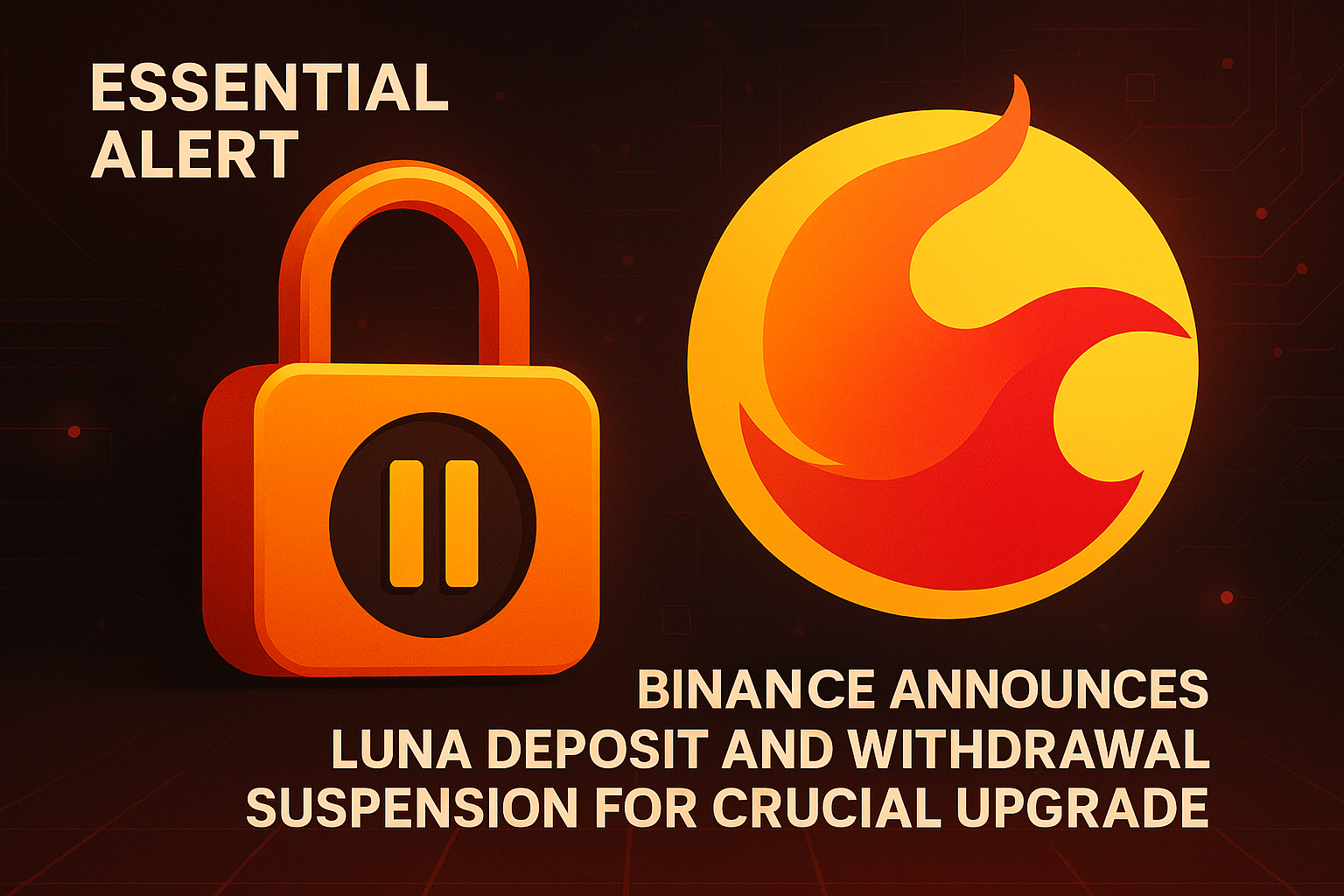
Attention all Terra (LUNA) holders! Binance, the world’s leading cryptocurrency exchange, has announced a temporary suspension of deposits and withdrawals for LUNA. This planned pause is a critical step to support a seamless network upgrade. If you use Binance for your LUNA transactions, here’s everything you need to know to navigate this brief hiatus confidently.
Why is Binance Suspending LUNA Services?
Binance will temporarily suspend deposits and withdrawals for LUNA starting at 12:05 p.m. UTC on December 8. The suspension supports an upcoming Terra blockchain upgrade. Exchanges often halt transfer services during major protocol updates to protect user funds. This is standard procedure and not a cause for concern.
What Does This Suspension Mean for You?
Here’s a breakdown of what is affected:
Deposits & Withdrawals: Paused — You cannot send LUNA to or from Binance during the suspension.
Trading: Unaffected — All LUNA spot and futures markets will remain fully active.
Existing Funds: Safe — LUNA held in your Binance wallet remains secure and unchanged.
This approach helps minimize disruptions while allowing the upgrade to proceed without risk.
How to Prepare Before the Suspension Begins
Complete all pending transfers well before 12:05 p.m. UTC on December 8.
Monitor Binance’s official channels for updates regarding when deposits and withdrawals will reopen.
Adjust trading plans if needed, since markets will stay open.
Benefits of the Network Upgrade
While the temporary pause may feel inconvenient, network upgrades generally aim to strengthen the Terra ecosystem by improving security, boosting performance, and enabling new features. These improvements support long-term growth and reliability.
Conclusion
Binance’s temporary LUNA suspension impacts only deposits and withdrawals—not trading. Your funds remain safe, and the planned upgrade is a positive step for the Terra ecosystem. Stay up to date by following Binance’s announcements, and be sure to complete any urgent transfers before the deadline.
Frequently Asked Questions (FAQs)
1. Can I still trade LUNA on Binance during the suspension?
Yes. Only deposits and withdrawals are paused. Trading will continue normally.
2. How long will the suspension last?
There is no fixed end time. It begins December 8 at 12:05 p.m. UTC and will resume once the upgrade is complete.
3. Are my LUNA tokens safe during the suspension?
Yes. All tokens in your wallet remain fully secure.
4. What happens if I try to deposit after the suspension starts?
Deposits after the start time may fail or be lost. Complete all transfers beforehand.
5. Will other exchanges suspend LUNA services too?
Many likely will. Always check your exchange’s official announcements.
6. What should I do if I urgently need to move LUNA?
Withdraw it before 12:05 p.m. UTC on December 8. After that, withdrawals will be unavailable until Binance restores service.
If this guide helped clarify the Binance LUNA suspension, feel free to share it with your community on Telegram, Twitter, or other platforms.
-

 Crypto3 years ago
Crypto3 years agoCardalonia Aiming To Become The Biggest Metaverse Project On Cardano
-
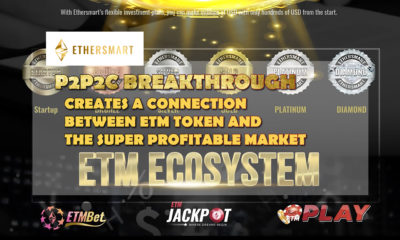
 Press Release5 years ago
Press Release5 years agoP2P2C BREAKTHROUGH CREATES A CONNECTION BETWEEN ETM TOKEN AND THE SUPER PROFITABLE MARKET
-
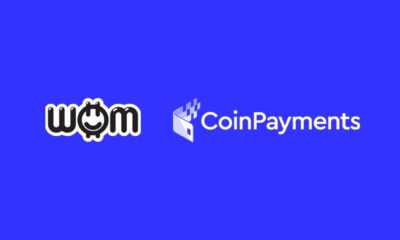
 Blockchain5 years ago
Blockchain5 years agoWOM Protocol partners with CoinPayments, the world’s largest cryptocurrency payments processor
-

 Press Release5 years ago
Press Release5 years agoETHERSMART DEVELOPER’S VISION MADE FINTECH COMPANY BECOME DUBAI’S TOP DIGITAL BANK
-
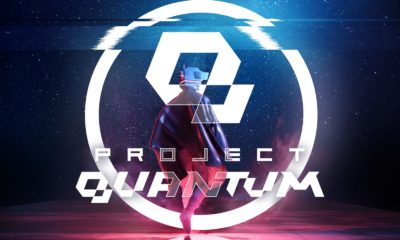
 Press Release5 years ago
Press Release5 years agoProject Quantum – Decentralised AAA Gaming
-

 Blockchain5 years ago
Blockchain5 years agoWOM Protocol Recommended by Premier Crypto Analyst as only full featured project for August
-

 Press Release5 years ago
Press Release5 years agoETHERSMART DEVELOPER’S VISION MADE FINTECH COMPANY BECOME DUBAI’S TOP DIGITAL BANK
-

 Blockchain6 years ago
Blockchain6 years ago1.5 Times More Bitcoin is purchased by Grayscale Than Daily Mined Coins






